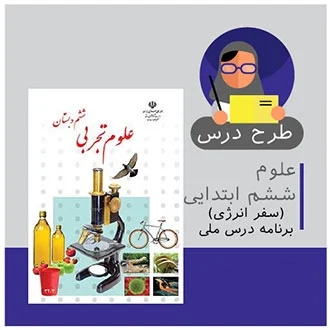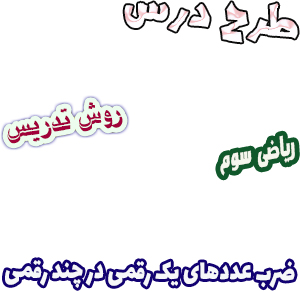آخرین فایل ها
- بیشتر -دانلود مقاله The rhizosphere soil of diseased tomato plants as a source for novelmicroorganisms to control bacterial wilt 2013

دانلود مقاله
The rhizosphere soil of diseased tomato plants as a source for novelmicroorganisms to control bacterial wilt 2013
نویسندگان :
Zhong Weia, Shiyong Tana, Xinlan Meia, Shixue Yinb, Qirong Shena,Yangchun Xu
فرمت:pdf
چکیده :
Plant growth promoting rhizobacteria (PGPRs) are used for biocontrol of bacterial wilt caused by Ral-stonia solanacearum. They are commonly isolated from the rhizosphere of healthy plants and are scarcein the rhizosphere of diseased plants. We hypothesized that a pathogen-prevalent environment, suchas the rhizosphere of infected plants, would be a good or better source for isolating PGPRs than therhizosphere of healthy plants. In order for these PGPRs to survive successfully in a pathogen-prevalentenvironment, they must have particularly well-developed survival strategies under the stresses exertedby pathogen activities, which would be of value for their use as biocontrol agents. To test this hypothesis, R.solanacearum-antagonistic bacteria were screened from the rhizospheres of diseased and healthy tomatoplants. In total, 110 rhizobacteria were isolated, 18 of which showed antagonism to R. solanacearumin vitro. Among the 18 antagonistic strains, 11 (out of 60) were from the rhizosphere of diseased plants,with inhibition diameter zones ranging from 11.2 to 15.2 mm, whereas 7 (out of 50) were from the rhi-zosphere of healthy plants, with inhibition diameter zones ranging from 11.5 to 30.5 mm. Strains WR4,WR21, and WR42 from diseased plants rhizosphere, and HR61, HR62, and HR92 from healthy plants rhi-zosphere, were chosen to investigate their biocontrol efficacies (BCEs) in greenhouse condition. Resultsshowed that WR-isolates performed better in reducing disease incidence (DI) than those HR-isolates. Pop-ulation densities of R. solanacearum in the rhizosphere soil and crown section of tomato plants were lowerin WR-isolate treatments than those in HR-isolate treatments. The best biocontrol effect was achievedby inoculating the strain WR21, followed by WR4, WR42, HR92, HR62, and HR61. Root colonization testshowed WR21 had the highest root-colonizing capacity compared with 5 other antagonists. BCEs werepositively () correlated with root-colonizing capacities, but were negatively (r = −0.797) corre-lated with inhibition zones. In conclusion, the rhizosphere of diseased tomato plants is a good reservoirof biocontrol bacteria.




